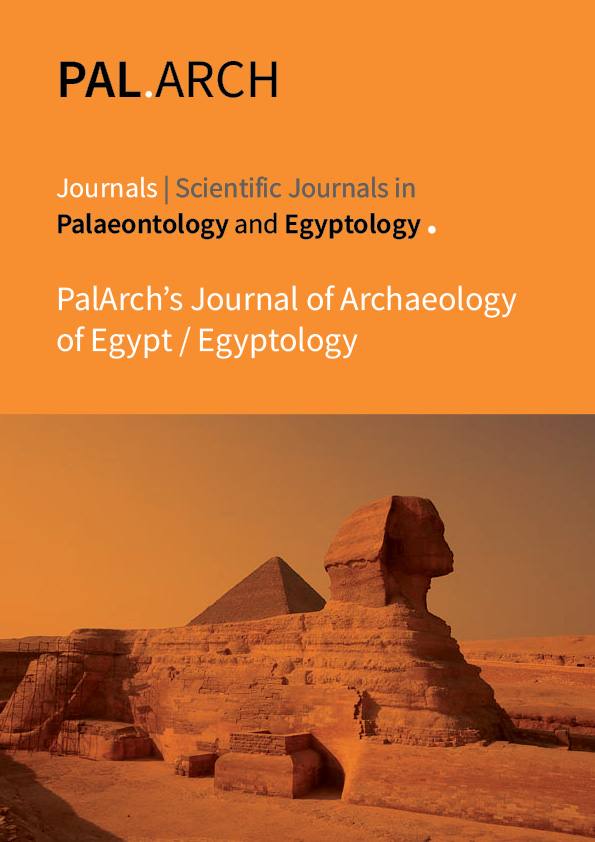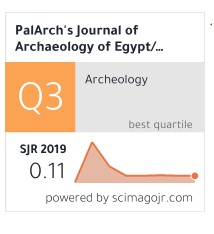REDEFINITION OF WARUGA ORNAMENTS IN MINAHASA, INDONESIA: ACTUALISATION OF PATTERN AND MEANING TRANSFORMATION FROM MAKAM TO MUKIM
Abstract
This article discusses the process of redefining the Waruga ornaments associated with death (makam=tomb) into ornaments associated with life (mukim=living/settling/housing). The pattern and meaning redefinition is discussed using Spradley’s ethnographic method to describe the structure and culture of the community as the basis of pattern and meaning analysis, especially the ornaments’ place in the cognitive area of the Minahasa people. The visual form analysis used Cassirer’s visual aesthetic theory which defines that symbolic aesthetics can create a separate cultural world. The redefinition means eliminating the meaning of death and accommodating the meaning of life in the Waruga ornaments.
Downloads
Download data is not yet available.
Downloads
Published
2021-09-12
How to Cite
Ronald M P Kolibu, Agus Sachari, Pindi Setiawan, & Tjetjep Rohendi R. (2021). REDEFINITION OF WARUGA ORNAMENTS IN MINAHASA, INDONESIA: ACTUALISATION OF PATTERN AND MEANING TRANSFORMATION FROM MAKAM TO MUKIM. PalArch’s Journal of Archaeology of Egypt Egyptology, 18(17), 259–276. Retrieved from https://www.archives.palarch.nl/index.php/jae/article/view/9996
Issue
Section
Articles



